How Does Brightwork’s Web Influence Compare with Other Sites?
Executive Summary
- We decided to compare the statistics for our website versus the other entities in the space.
- Find out how much we stacked up.
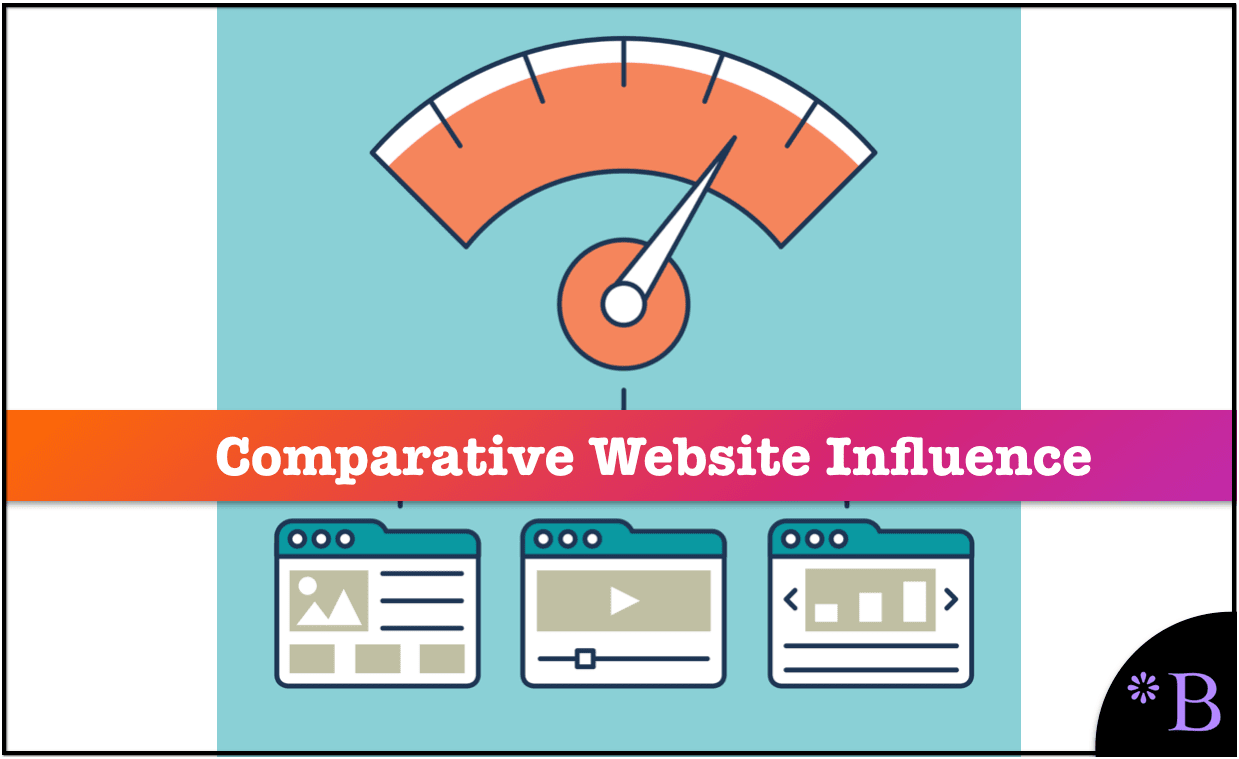
Introduction
This article takes the best-known entities in the space that cover the same area as Brightwork Research & Analysis.
Developing the Method of Comparison Between the Websites
There are several statistics that could be used, but we usually use two basic statistics when evaluating a website’s performance with readers.
- Number of Visitors: This is the number of people that visited the website. We often use page views, but the statistics website we use counts the number of visitors.
- Average Time on the Site: This is the number of minutes that, on average, a visitor spends on the site.
The way we rate Brightwork’s performance is the Number of Visitors * Average Time on Site. This gives us a Total Minutes on Site. These statistics are compiled monthly by the statistics website we use, so it makes sense as the measurement interval as it is the data that is available. One could, of course, do a three-month average, which would give a more accurate value, as website volume and time-on-site goes up and down per month. For this reason, we took an average of three months for each of the other entities, but we used just one month for the Brightwork value. This is because we want to track our performance per month to see if we are going up or down and how this compares to the other information providers.
The Total Minutes on Site Per Website Per Month
Below y0u can see how Brightwork compares against what we consider information providers that cover a similar space.
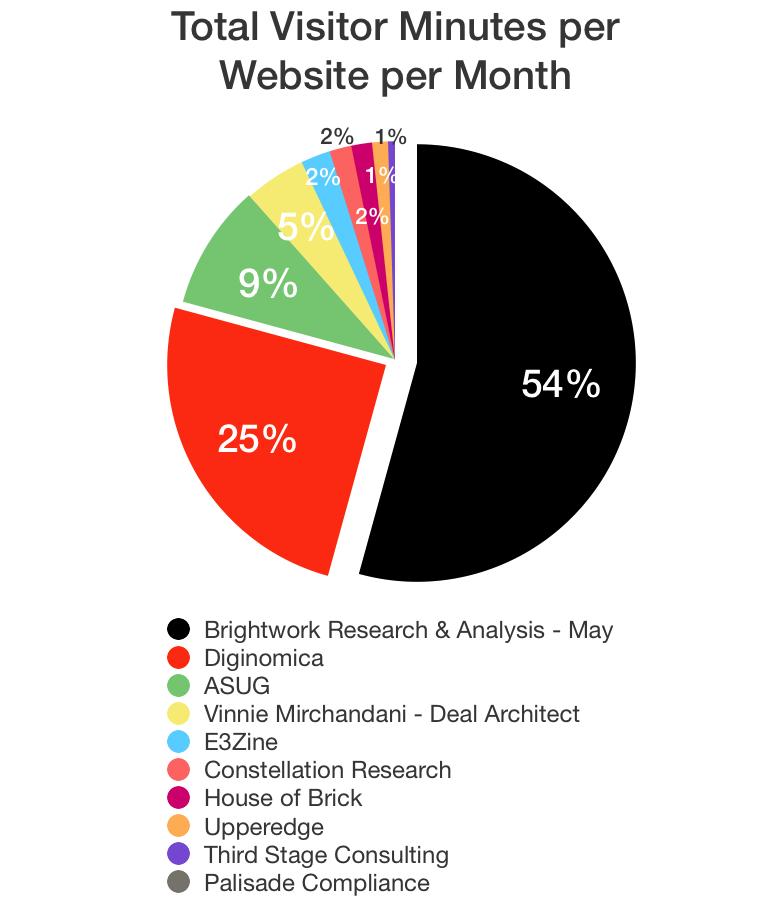 This means that of these websites, Brightwork Research & Analysis (for May) had more than all of these sites combined. There were several other entities with websites, including Mint Juras and Josh Greenbaum. However, their web traffic is so low that it is, in effect, not measurable.
This means that of these websites, Brightwork Research & Analysis (for May) had more than all of these sites combined. There were several other entities with websites, including Mint Juras and Josh Greenbaum. However, their web traffic is so low that it is, in effect, not measurable.
Comparing Forrester’s Monthly Website Minutes
The picture changes a bit when Forrester is added to the mix.
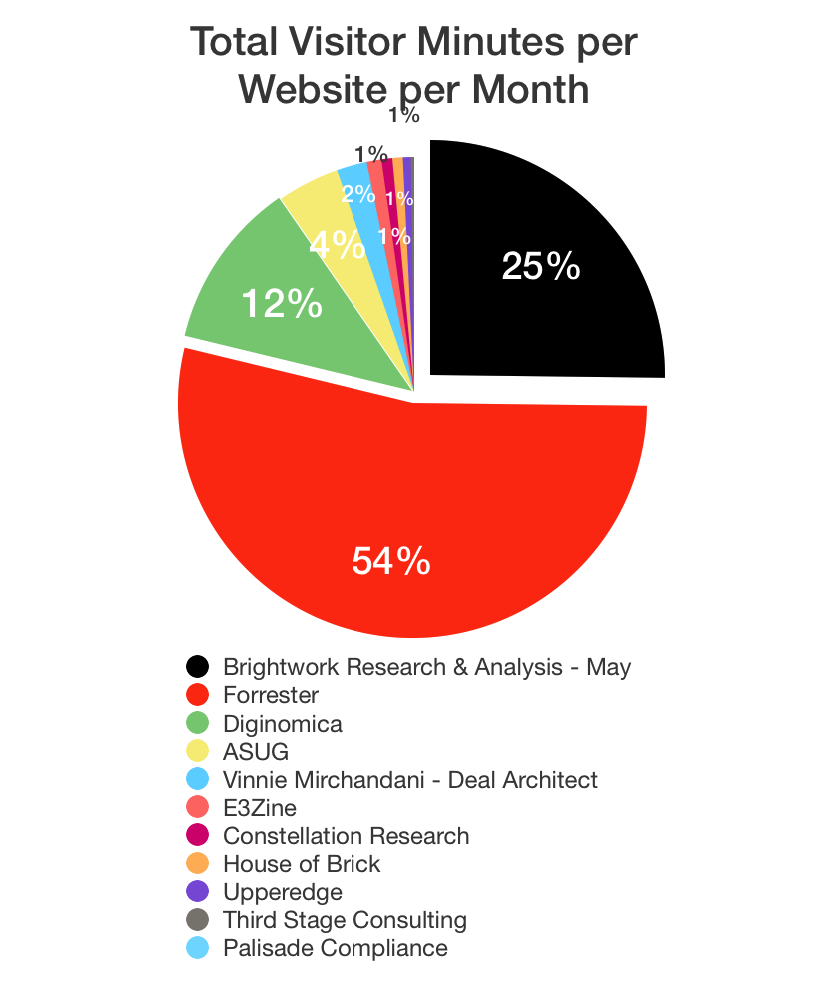
Forrester, which is one of the three big IT analyst names (the others being IDC and Gartner).
We did not include IDC as they don’t cover the same topics, and Gartner is so large that it would dwarf any other of the entities, including IDC and Forrester.
Forrester ends up being twice in web influence as considerable as Brightwork Research & Analysis. This is just web influence; Forrester’s offline influence is far more significant than Brightwork’s. Forrester has constant meetings with customers, phone conversations, etc.. These are interactions that are not captured as online statistics. However, Forrester distributes their research through their website, as can be seen in the following screenshot.
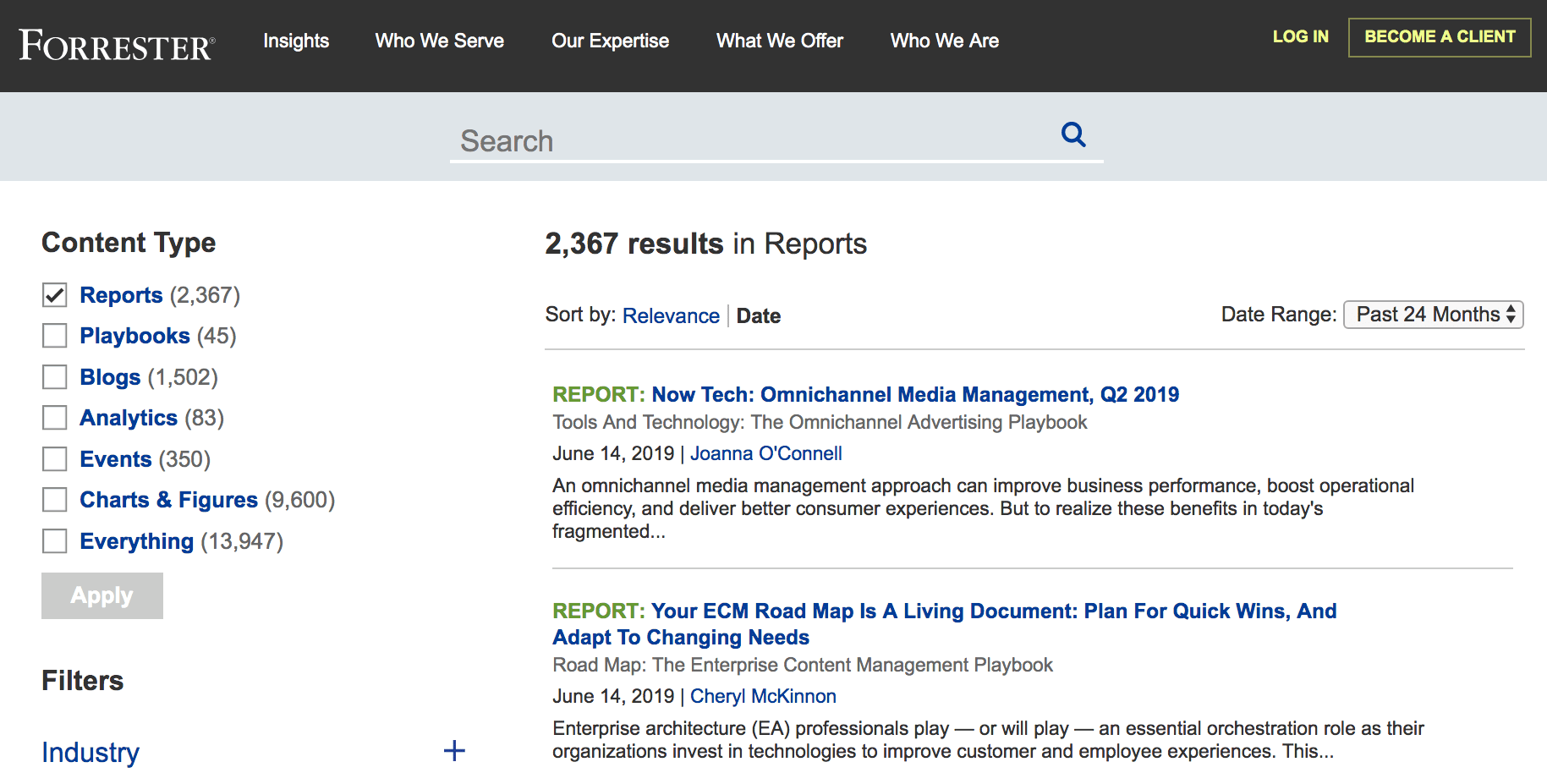
Viewing research online would be captured by online statistics. While a PDF is downloaded will also be counted by online statistics, if a customer opens the PDF from their computer after downloading it, that would not be counted.
- Another interesting point is that Forrester also covers more areas than does Brightwork.
- This is very clear by reviewing their material.
- They show 62,165 items that can be searched, and when one searches for just SAP, we get the following result.
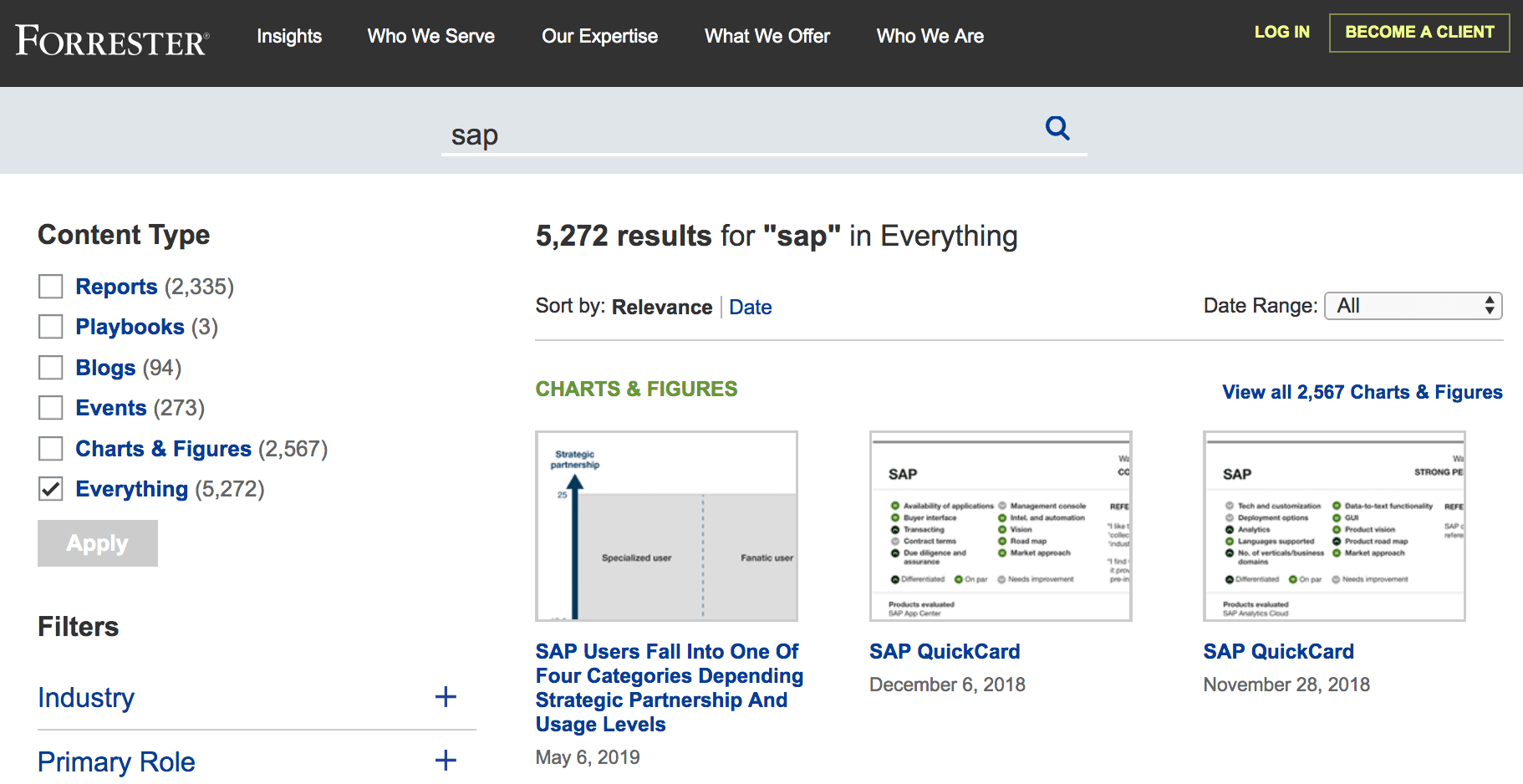
5,272/62,165 (the total items that can be searched) is 8.4%. Of our coverage, while we have never run the statistics, at least 50% must be SAP.
Therefore, for the areas we cover (and this was surprising to us), Brightwork more likely has more web influence than Forrester. (and of course, Brightwork is entirely absent from many areas that Forrester covers)
All of this is amazing by itself as Forrester has 1,345 employees, according to Wikipedia.
The Status Quo Nature of Material Published on the Websites
Brightwork stands apart from most of the other information providers on the list in that we challenge the status quo. Probably the main thing that Brightwork is known for is for challenging the largest authorities in the enterprise software space.
This led us to analyze which of the information providers on the list do this.
Type of Media Coverage Brightwork vs Others
| Website | Coverage that Reinforces the Status Quo ? | Financially Independent from Vendors? |
|---|---|---|
| Palisade Compliance | ||
| Third Stage Consulting | ||
| UpperEdge | ||
| House of Brick | ||
| Constellation Reseach | ||
| E3Zine | ||
| Vinnie Mirchandani | ||
| ASUG | ||
| Diginomica | ||
| Forrester | ||
| Brightwork Research & Analysis |
Conclusion
This is, of course, both interesting and encouraging for us.
Brightwork has proven something that had not been shown previously (at least for the time we have been analyzing IT media and IT analyst output), which is that there is a market for non-status quo information around enterprise software. Notice that all of the other non-status quo websites are significantly smaller in web influence. And this is unrelated to content quality. In our view, UpperEdge produces the best content on IT (and often SAP and Oracle) contract negotiation. But UpperEdge’s coverage is narrow — and this limits their readership. UpperEdge is not a research entity like Brightwork but publishes to gain interest in their contract and IT legal services.
IT media entities, consulting companies and IT analysts operate under the assumption that their readers can be easily tricked. Therefore they can write articles that provide them with often misleading information, and or information that leaves out areas of analysis that those that are friendly to the entities would not want to be published. This is the outcome every time industry sources are courted as customers for advertising or to support content. This is true in IT media, but also other categories of media. The IT media space is dominated by inferior information. For example, AI has been massively oversold by vendors, consulting, IT media, and IT analyst entities. There is only a tiny amount of information published that questions the status quo. IT media entities like ComputerWorld has 4.5 million visitors per month. ComputerWorld is paid by vendors and consulting firms to publish information that both get their stories out, and provides them with information about readers that is collected from visitors.
No doubt providing status quo coverage is profit-maximizing. It allows that entity to raise money from vendors. But of course, in most cases, the status quo information is incorrect, precisely because it is controlled or at least influenced by industry sources.
References
https://diginomica.com/asos-profit-collapse-highlights-the-importance-of-animal-print-skirts-as-well-as-working-tech/
https://diginomica.com/asos-and-ocado-why-warehouses-matter-in-an-e-commerce-retail-world/
https://en.wikipedia.org/wiki/Forrester_Research
https://www.similarweb.com